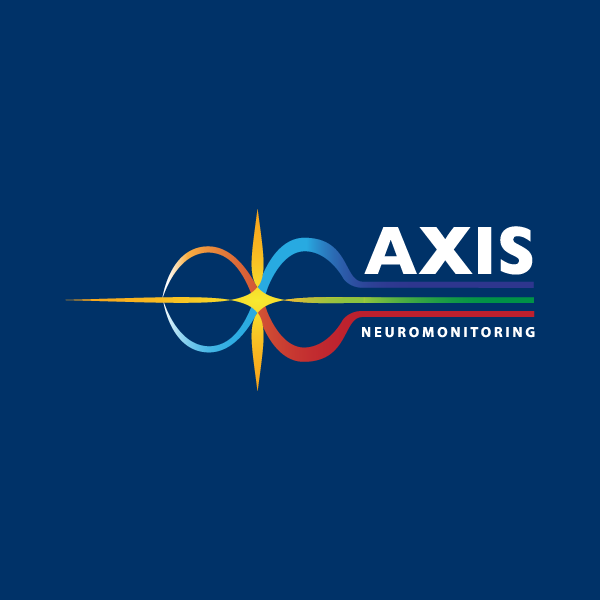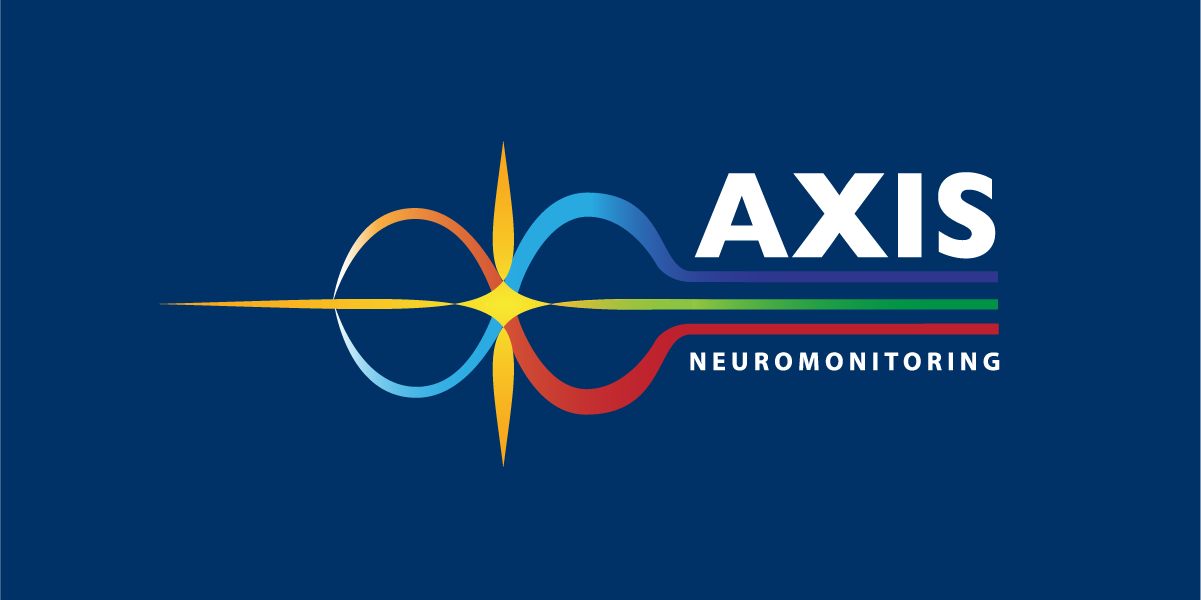Preventing Nerve Injury During Posterior Lumbar Fusion with Real-Time EMG Monitoring
June 28, 2025
Posterior lumbar fusion is a common surgical solution for patients suffering from radiculopathy and central stenosis—two conditions that can compress nerves at the spinal root, causing pain, numbness, and weakness in the lower back and extremities. This case illustrates how intraoperative neuromonitoring (IONM) played a crucial role in identifying and resolving a potentially dangerous hardware placement before lasting damage could occur.
The Importance of Neuromonitoring in Spine Surgery
Radiculopathy and central stenosis are debilitating conditions that often lead to surgical intervention when conservative treatments fail. In procedures like laminectomy and posterior lumbar fusion, the goal is to decompress neural elements and stabilize the spine. However, the close proximity of hardware to nerve roots means there’s a narrow margin for error.
IONM—particularly the use of triggered EMG (T-EMG)—helps surgeons identify and avoid nerve injury in real time. By providing immediate feedback on nerve proximity during screw placement, T-EMG enables precise adjustments that can prevent long-term deficits.
Case Study: Patient History and Surgical Plan
A 74-year-old female presented with a history of central stenosis, radiculopathy, and lumbar spondylosis. Her symptoms included severe lower back pain radiating into the right leg, worsened by standing, bending, or twisting. With a pain score of 9 out of 10 and significant functional limitations, the patient was scheduled for a posterior lumbar fusion to relieve compression and restore stability.
Neurophysiology Monitoring Strategy
The surgical team approved the use of the following modalities:
- Somatosensory Evoked Potentials (SSEPs) to monitor sensory pathway integrity
- Electromyography (EMG) for real-time feedback on motor nerve activity
- Triggered EMG (T-EMG) to assess screw proximity to nerve roots
- Train of Four (TOF) for neuromuscular blockade monitoring
- Electroencephalography (EEG) to monitor anesthesia depth
Transcranial Electrical Motor Evoked Potentials (TCeMEPs) were declined by the surgeon.
During hardware placement and removal, transient EMG bursts were observed in the right Tibialis Anterior (TA), signaling nerve irritation. Of particular concern was a right L4 screw that triggered a compound muscle action potential (CMAP) at just 8mA, lower than the safe threshold of 10mA seen in all other screws.
Intraoperative Findings and Intervention
The lower stimulation threshold of the right L4 screw indicated possible medial breach into the spinal canal, placing the neural structures at risk. Recognizing the danger, the surgeon promptly removed the screw and chose not to replace it. Following removal, EMG bursts resolved, and by the time of closure, no abnormal activity remained.
Why T-EMG Matters: A Near Miss with Serious Implications
A screw that elicits a CMAP below 10mA may signal that it’s too close to—or even within—the spinal canal or neural foramen. Had this gone undetected, the patient could have experienced severe postoperative pain, weakness, or even permanent nerve damage. Worse yet, it could have necessitated a second surgery to revise the hardware placement.
IONM, in this case, didn’t just guide the surgeon’s decisions—it protected the patient from a cascade of complications that would have compromised recovery and quality of life.
Elevating Surgical Safety with Neuromonitoring
This case reinforces the value of S-EMG and T-EMG in posterior lumbar fusion procedures:
- Immediate Risk Identification – Subtle changes in stimulation thresholds provide early warnings.
- Real-Time Adjustments – Surgeons can act fast to prevent nerve injury.
- Better Outcomes – Avoiding nerve damage reduces pain, recovery time, and the need for additional surgery.
Make Neuromonitoring Standard in Every Spine Case
When it comes to spine surgery, precision matters. This case shows that what might seem like a small deviation—just 2mA—can signal a big problem. Thanks to vigilant neuromonitoring, the right intervention happened at the right time.
For more on how intraoperative neuromonitoring can enhance the safety and outcomes of your spinal procedures, contact our team today.



